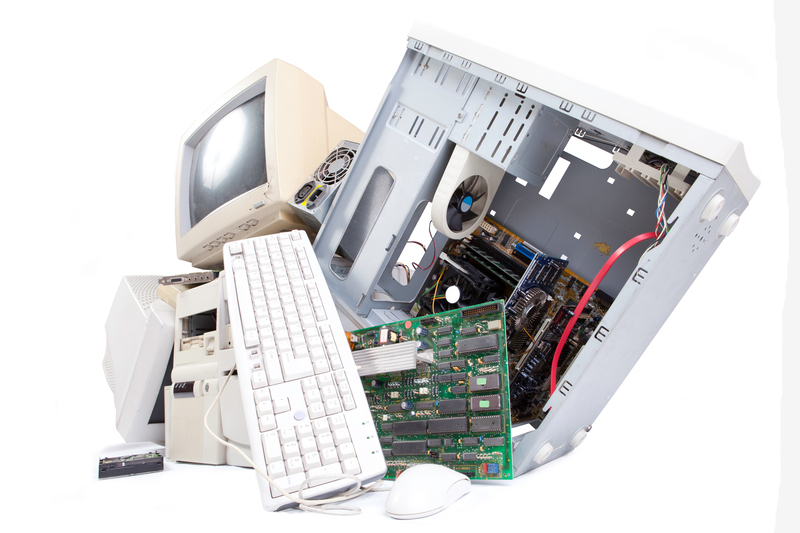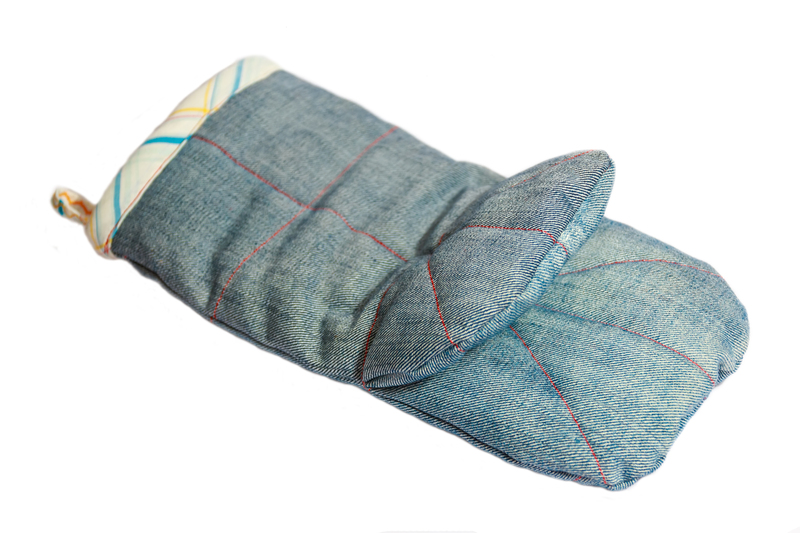PPE Waste: Learn Responsible Methods for Disposal
The increased use of Personal Protective Equipment (PPE), especially since the outbreak of COVID-19, has led to a significant rise in PPE waste worldwide. Items such as masks, gloves, face shields, and gowns have become everyday essentials for healthcare professionals and the public. Unfortunately, improper disposal of PPE can lead to severe environmental consequences and public health risks. Learning responsible disposal methods for PPE waste is, therefore, critical for both individuals and organizations. This comprehensive article explores PPE waste management and provides practical guidance for ensuring safety, sustainability, and environmental protection.

Understanding PPE Waste
PPE waste refers to any discarded items used to protect individuals from hazards, including medical masks, respirators, gloves, protective gowns, coveralls, shoe covers, and face shields. While these items play an essential role in infection prevention, they contribute to the growing problem of plastic and hazardous waste.
Why Is PPE Waste a Problem?
- Environmental pollution: Many PPE items are single-use and made from synthetic polymers. They do not decompose easily and can persist in the environment for centuries.
- Threat to wildlife: Improperly disposed masks and gloves often end up in rivers, lakes, and oceans, where they become entangled with or ingested by marine life.
- Human health risks: Contaminated PPE can harbor infectious agents, posing risks to waste handlers and the broader community if not disposed of correctly.
- Waste management systems: Sudden spikes in PPE use can overwhelm municipal waste systems, especially in developing countries with limited infrastructure.
Types of PPE Waste
- Medical PPE Waste: Generated in healthcare settings, including hospitals, clinics, and laboratories. Examples include surgical masks, N95 respirators, gloves, gowns, and face shields. This waste is often contaminated and classified as biomedical or infectious waste.
- Non-Medical PPE Waste: Produced by the general public during daily activities, especially during pandemics. Includes disposable and reusable masks, gloves, and other protective gear not used in clinical settings.
PPE Waste Composition
Most PPE is made from plastic materials such as polypropylene, polyethylene, latex, nitrile, and polycarbonate. These materials provide durability and protection but come with disposal challenges due to their resistance to decomposition and recyclability.
Best Practices for PPE Waste Disposal
Proper management and disposal of PPE waste not only protect human health but also safeguard our environment. The following are comprehensive, responsible disposal methods suitable for both individuals and organizations:
1. Segregate PPE Waste from Regular Waste
- Use designated bins: Always dispose of used PPE in bins specifically marked for hazardous or infectious waste, especially in healthcare facilities.
- Double-bagging: In cases where COVID-19 or other infectious diseases are involved, double-bagging (placing one bag inside another) reduces the risk of leakage and contamination.
2. For Households: How to Dispose of PPE Responsibly
- Contain PPE waste: Place used masks, gloves, and tissues in a separate, sealed bag before throwing them into the general waste bin.
- Do not litter: Never discard used masks or gloves in public places. Littered PPE contributes directly to pollution and poses a health risk to others.
- Clean hands: Always wash or sanitize your hands after handling used PPE, even if disposed of correctly.
- Check local guidelines: Some municipalities may have specific PPE disposal instructions. Follow these to ensure compliance with local waste management regulations.
3. For Businesses and Healthcare Facilities
- Dedicated PPE disposal bins: Place marked bins at entry/exit points and high-contact areas
- Staff training: Educate staff and cleaning personnel about proper handling and disposal techniques for potentially contaminated PPE.
- Regular waste collection: Schedule frequent waste removal to prevent the accumulation of infectious waste, reducing the risk of exposure.
- Collaborate with certified waste handlers: Partner with licensed biomedical/infectious waste companies for safe collection, transportation, and disposal.
4. Disposal Methods for PPE Waste
Different types of PPE waste require specific disposal methods to prevent environmental contamination and disease transmission. These are the most common responsible PPE waste disposal methods:
- Incineration: High-temperature incineration destroys pathogens and reduces PPE items to ash. However, it can release air pollutants if not properly managed and is not always eco-friendly.
- Autoclaving: Steam-based sterilization for treating contaminated PPE in medical waste streams before disposal in landfills. It is safer for the environment compared to burning, as it reduces harmful emissions.
- Landfilling: When incineration or sterilization isn't possible, double-bagged and sealed PPE may be disposed of in a sanitary, lined landfill. Landfills must meet strict standards to prevent leachate contamination.
- Safe recycling: Some PPE, like certain masks and face shields, can be recycled if uncontaminated and sent to specialized recycling programs. This is rare and currently limited to specific materials and facilities.
Environmental Impact of Improper PPE Waste Disposal
Poor PPE disposal methods can have long-lasting, adverse effects on both the environment and human health. Understanding these impacts highlights the urgent need for responsible management:
Microplastic Pollution
Plastic-based PPE breaks down into microplastics, contaminating soils, waterways, and oceans. These tiny particles can enter the food chain, impacting wildlife and human health.
Wildlife Hazards
Animals may mistake discarded masks or gloves for food or become entangled, resulting in injury or death. Bird and marine species are particularly vulnerable to improperly discarded PPE waste.
Public Sanitation Risks
Littered PPE increases street and community sanitation burdens. It can clog drains, contribute to flooding, and create breeding grounds for pests and disease vectors.
Spread of Infection
PPE contaminated with pathogens can facilitate the transmission of diseases if accessed by waste handlers, recyclers, or the general public due to improper separation and disposal.
Innovative Approaches to PPE Waste Management
Recycling and Upcycling PPE
Recycling PPE is challenging due to contamination and mixed materials, but new innovations are emerging:
- PPE recycling programs: Some organizations collect used masks and gloves, sanitize them, and process them into new plastic products, such as construction materials or furniture.
- Upcycling initiatives: Creative projects have turned PPE waste into road material, bricks, and other useful products, reducing landfill pressure and environmental damage.
- Emerging technologies: Research is underway on biodegradable PPE to reduce future waste.
Promoting Reusable PPE
- Reusable masks and gloves: Encourage the use of washable masks and reusable gloves when possible, as these generate far less waste than single-use items.
- Sterilization protocols: Establish safe cleaning and disinfection methods to extend the lifespan of reusable PPE for both individuals and businesses.
Community Education and Awareness
- Public campaigns: Educate communities about the environmental consequences of PPE waste and the importance of responsible disposal.
- Clear labeling: Use clear, accessible signage on disposal bins and within communities to ensure everyone knows how and where to properly dispose of PPE.
International PPE Waste Disposal Guidelines
Global authorities such as the World Health Organization (WHO) and national health departments provide specific guidelines to support the safe disposal of PPE waste. Here's a summary of critical recommendations:
- WHO Guidance: Used PPE from healthcare settings should be treated as potentially infectious and managed through established biomedical waste protocols.
- United States (CDC & EPA): Encourage double-bagging for household waste from COVID-19 patients and recommend municipal solid waste streams unless advised otherwise by local public health authorities.
- European Union: Requires use of color-coded bins for infectious PPE waste and mandates incineration or sterilization prior to landfilling.
- Developing countries: Emphasize community collection points and safe local incineration or deep burial for areas without advanced waste treatment infrastructure.

Frequently Asked Questions about PPE Waste Disposal
Can I recycle my used disposable mask or gloves?
Most commonly used masks and gloves are not recyclable in regular municipal recycling programs due to contamination. Specialized recycling initiatives are emerging, but for now, assume disposables are not recyclable unless your local community offers a dedicated PPE recycling service.
What should I do with used PPE if I'm caring for a sick person at home?
Contain PPE waste in a sealed plastic bag and dispose of it with the general solid waste. Avoid mixing it with recyclable items, and always wash your hands after handling the waste.
Is it safe to dispose of masks in the regular trash?
If the mask is not visibly soiled with hazardous materials and you're not in a high-risk profession, it is usually safe to dispose of it with the regular trash, provided it is sealed in a bag. Some areas recommend double-bagging for added safety.
How are hospitals handling the surge in PPE waste?
Hospitals use strict medical waste protocols, including segregated bins, regular waste removal, incineration, sterilization, and collaboration with licensed hazardous waste service providers.
What can individuals do to reduce PPE waste?
- Switch to reusable PPE where appropriate (such as cloth masks).
- Encourage family and friends to dispose of PPE responsibly.
- Participate in community clean-up and awareness campaigns.
Conclusion: Responsible PPE Waste Management is Everyone's Responsibility
PPE waste management is an urgent global issue that requires immediate attention and public participation. By practicing responsible PPE disposal methods, we can protect the environment, reduce public health risks, and ensure that future generations inherit a cleaner, safer world. Whether you are an individual, a business owner, or part of the healthcare community, your actions make a difference. Be proactive, stay informed, and help promote responsible PPE waste disposal for the safety of all.
Remember: Always check your local guidelines for the most up-to-date PPE waste disposal rules. Make responsible PPE waste management a habit!
